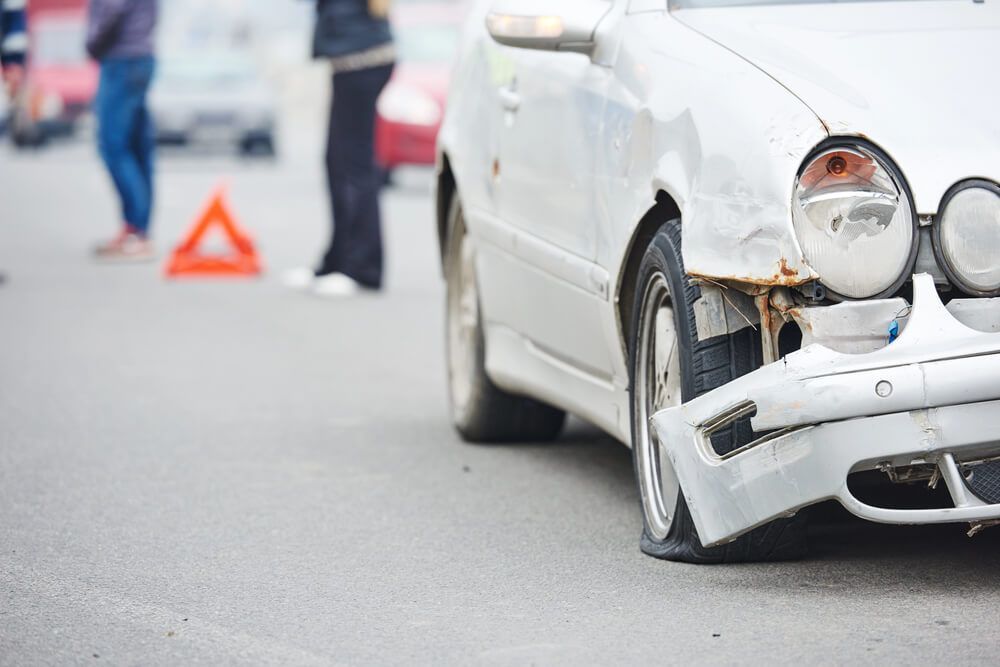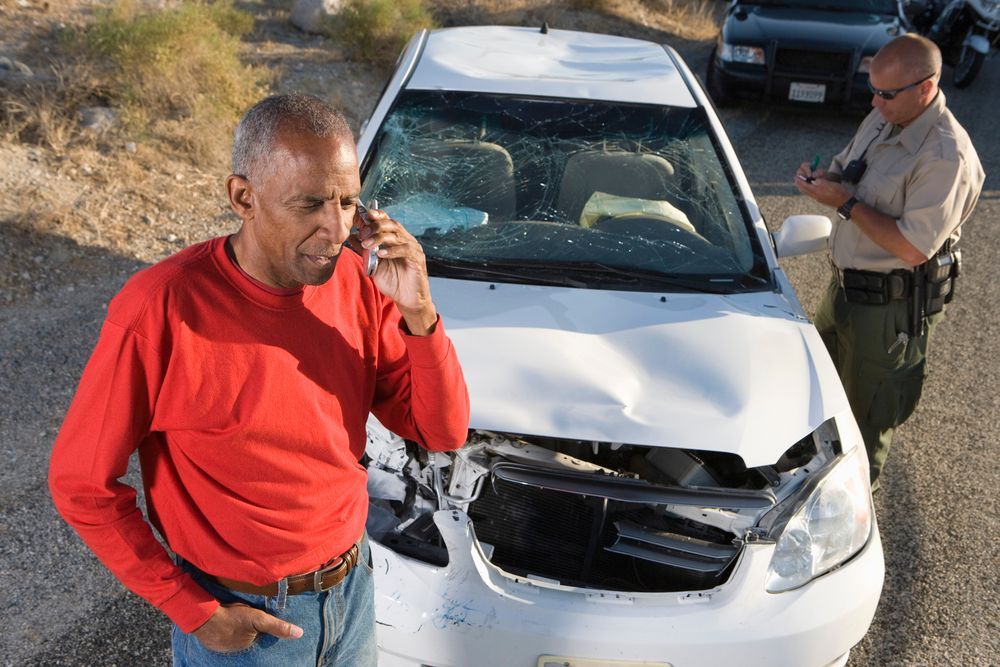How Much Does an Accident Devalue a Car?
Recent Blog Posts
How Much Does an Accident Devalue a Car?

When a car is involved in an accident, its market value typically decreases. This reduction in value is commonly referred to as “diminished value” and can range anywhere from 10% to 30% of the car’s pre-accident value. However, the exact amount that an accident devalues a car varies depending on several factors. Take a deeper look at the important elements that determine how much an accident devalues a car and how to approach the process of handling diminished value claims.
Important Factors in Determining How Much an Accident Devalues a Car
The amount a car is devalued after an accident can vary greatly due to several key factors.
The Type of Car
One of the most significant considerations when calculating diminished value is the type of car. Luxury cars, high-end models and rare vehicles are generally devalued more than their less expensive counterparts. This is because the resale value of such cars is often higher, and any accident can significantly impact the perceived quality and luxury of the vehicle.
The Condition of the Car Before the Accident
The condition of the car before the accident also plays a role in the amount it will be devalued. A newer car with fewer miles will likely have a lower percentage of devaluation compared to an older car with high mileage.
How Severely the Accident Damaged the Car
The extent of the damage is another important factor in determining the diminished value of the car. Naturally, the more severe the accident, the more the vehicle will depreciate in value. Minor fender benders may cause only a slight drop in value, while significant damage, such as frame damage or airbag deployment, can result in a much higher depreciation.
Understanding how much your car has been devalued is the first step in determining the compensation you are entitled to. The better you understand the factors contributing to the diminished value, the more prepared you will be to sue for compensation.
Types of Diminished Value
After an accident, the loss in value can be categorized into three main areas.
Immediate
Immediate diminished value refers to the drop in value that occurs directly after the accident, even before repairs are made. This type of devaluation applies primarily if you do not intend to repair the vehicle.
Repair-Related
Once repairs are made to the vehicle, they can also impact the car’s value. This is referred to as repair-related diminished value. For example, if the car’s paint job doesn’t match the original or if aftermarket parts are used, the value will be further reduced. While your vehicle is being repaired, you may also need to pay for a rental car.
Inherent
Even if a car is repaired to a high standard with no visible signs of the accident, the vehicle’s history will still show that it has been in an accident. This is called inherent diminished value. Whether or not the damage is noticeable, a vehicle with a history of accidents is typically worth less than a similar car that has never been in an accident.
The 17c Formula: Calculating the Diminished Value of a Car
Insurance companies often use a formula known as the 17c Formula to determine how much value a car has lost after an accident. This formula involves several components:
- Pre-accident value of the car
- 10% insurance maximum (a standard limit)
- Damage multiplier
- Mileage multiplier
Here’s how it works:
- Pre-accident value of the car: This is the market value of the car before the accident occurred.
- 10% insurance maximum: The insurance company will typically only pay up to 10% of the car’s pre-accident value.
- Damage multiplier: This multiplier determines how severe the damage was. It is based on a scale from 0 to 1, with increments of 0.25, depending on the severity of the damage. For instance, 0 means no damage, and 1 represents the most severe damage.
- Mileage multiplier: This multiplier accounts for the car’s mileage. For every 20,000 miles, the multiplier decreases by 0.2. A car with over 100,000 miles could have a multiplier of 0, meaning the insurance would not pay out based on the diminished value formula.
For example, let’s say your car has a pre-accident value of $20,000, with a damage multiplier of 0.75 and a mileage multiplier of 0.6 (for a car with 50,000 miles). The calculation would look like this:
$20,000 (pre-accident value) x 10% x 0.75 (damage multiplier) x 0.6 (mileage multiplier) = $900
This means that the car’s value has been reduced by $900, and the insurance company would compensate you for this amount.
A Diminished Value Claim After a Car Accident
If your insurance payout does not adequately cover the loss in your car’s value, you may want to file a diminished value claim. This claim is filed with the at-fault driver’s insurance company. The amount of the claim is based on the value of your car before and after the accident, taking into account the factors we’ve discussed.
To file a claim, you'll need to gather documentation proving the pre-accident value of your car (such as market appraisals, dealer quotes or records from the car’s original sale). You’ll also need evidence of the repairs that were made and the condition of the car afterward.
Reaching out to a lawyer can be helpful in this process.
A Lawyer Can Help You if an Accident Has Devalued Your Car
Since every accident and vehicle is unique, determining how much an accident devalues a car can be a complicated process. A lawyer who specializes in diminished value claims can help you assess whether you have grounds for a claim, negotiate with the insurance company, and ensure that you are adequately compensated for your loss.
If you believe your vehicle’s value has been unfairly diminished due to an accident, don’t hesitate to contact us for a consultation. We can help you get started with the process and guide you through the next steps in securing fair compensation.





